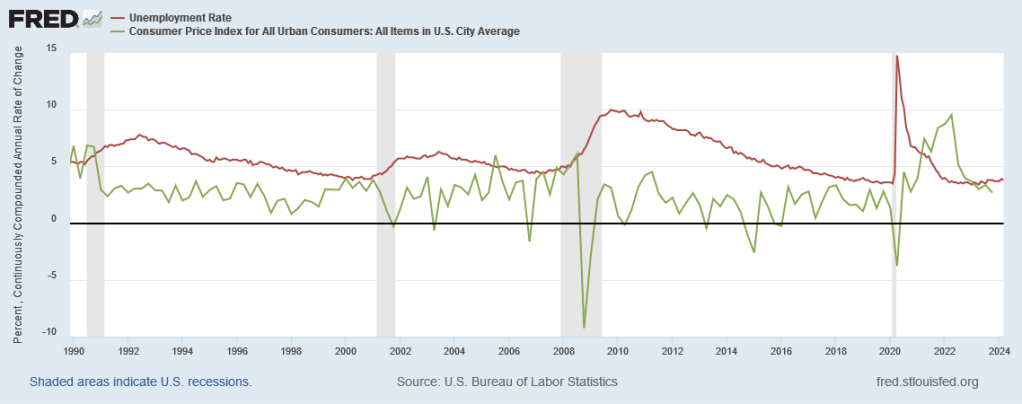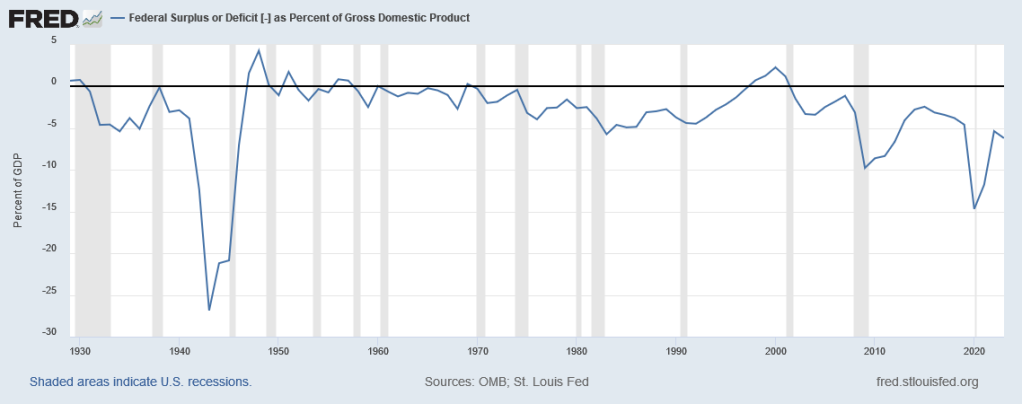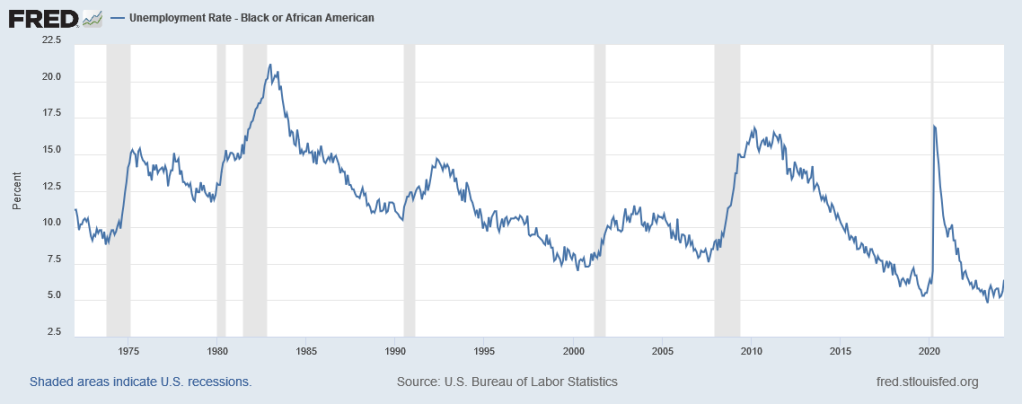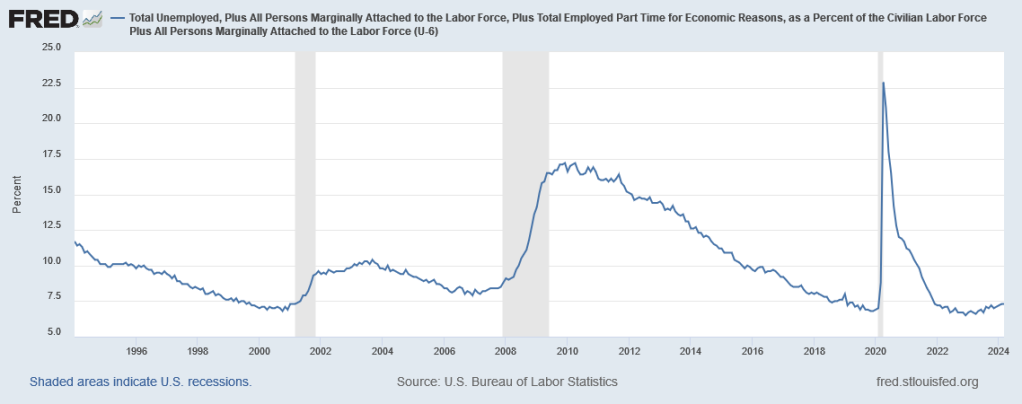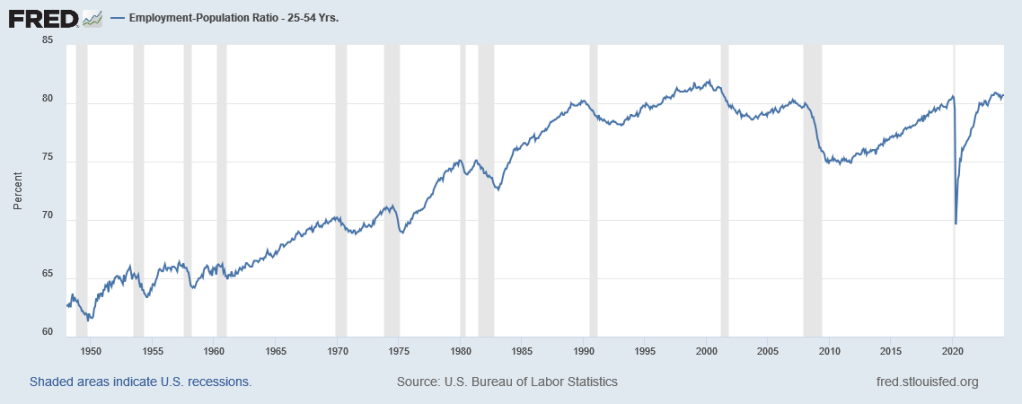May 5 JDN 2460436
[CW: rape, violence, crime, homicide]
I think it started on TikTok, but I’m too old for TikTok, so I first saw it on Facebook and Twitter.
Men and women were asked:
“Would you rather be alone in the woods with a man, or a bear?”
Answers seem to have been pretty mixed. Some women still thought a man was a safer choice, but a significant number chose the bear.
Then when the question was changed to a woman, almost everyone chose the woman over the bear.
What can we learn from this?
I think the biggest thing it tells us is that a lot of women are afraid of men. If you are seriously considering the wild animal over the other human being, you’re clearly afraid.
A lot of the discourse on this seems to be assuming that they are right to be afraid, but I’m not so sure.
It’s not that the fear is unfounded: Most women will suffer some sort of harassment, and a sizeable fraction will suffer some sort of physical or sexual assault, at the hands of some men at some point in their lives.
But there is a cost to fear, and I don’t think we’re taking it properly into account here. I’m worried that encouraging women to fear men will only serve to damage relationships between men and women, the vast majority of which are healthy and positive. I’m worried that this fear is really the sort of overreaction to trauma that ends up causing its own kind of harm.
If you think that’s wrong, consider this:
A sizeable fraction of men will be physically assaulted by other men.
Should men fear each other?
Should all men fear all other men?
What does it do to a society when its whole population fears half of its population? Does that sound healthy? Does whatever small increment in security that might provide seem worth it?
Keep in mind that women being afraid of men doesn’t seem to be protecting them from harm right now. So even if there is genuine harm to be feared, the harm of that fear is actually a lot more obvious than the benefit of it. Our entire society becomes fearful and distrustful, and we aren’t actually any safer.
I’m worried that this is like our fear of terrorism, which made us sacrifice our civil liberties without ever clearly making us safer. What are women giving up due to their fear of men? Is it actually protecting them?
If you have any ideas for how we might actually make women safer, let’s hear them. But please, stop saying idiotic things like “Don’t be a rapist.” 95% of men already aren’t, and the 5% who are, are not going to listen to anything you—or I—say to them. (Bystander intervention programs can work. But just telling men to not be rapists does not.)
I’m all for teaching about consent, but it really isn’t that hard to do—and most rapists seem to understand it just fine, they just don’t care. They’ll happily answer on a survey that they “had sex with someone without their consent”. By all means, undermine rape myths; just don’t expect it to dramatically reduce the rate of rape.
I absolutely want to make people safer. But telling people to be afraid of people like me doesn’t actually seem to accomplish that.
And yes, it hurts when people are afraid of you.
This is not a small harm. This is not a minor trifle. Once we are old enough to be seen as “men” rather than “boys” (which seems to happen faster if you’re Black than if you’re White), men know that other people—men and women, but especially women—will fear us. We go through our whole lives having to be careful what we say, how we move, when we touch someone else, because we are shaped like rapists.
When my mother encounters a child, she immediately walks up to the child and starts talking to them, pointing, laughing, giggling. I can’t do that. If I tried to do the exact same thing, I would be seen as a predator. In fact, without children of my own, it’s safer for me to just not interact with children at all, unless they are close friends or family. This is a whole class of joyful, fulfilling experience that I just don’t get to have because people who look like me commit acts of violence.
Normally we’re all about breaking down prejudice, not treating people differently based on how they look—except when it comes to gender, apparently. It’s okay to fear men but not women.
Who is responsible for this?
Well, obviously the ones most responsible are actual rapists.
But they aren’t very likely to listen to me. If I know any rapists, I don’t know that they are rapists. If I did know, I would want them imprisoned. (Which is likely why they wouldn’t tell me if they were.)
Moreover, my odds of actually knowing a rapist are probably lower than you think, because I don’t like to spend time with men who are selfish, cruel, aggressive, misogynist, or hyper-masculine. The fact that 5% of men in general are rapists doesn’t mean that 5% of any non-random sample of men are rapists. I can only think of a few men I have ever known personally who I would even seriously suspect, and I’ve cut ties with all of them.
The fact that psychopaths are not slavering beasts, obviously different from the rest of us, does not mean that there is no way to tell who is a psychopath. It just means that you need to know what you’re actually looking for. When I once saw a glimmer of joy in someone’s eyes as he described the suffering of animals in an experiment, I knew in that moment he was a psychopath. (There are legitimate reasons to harm animals in scientific experiments—but a good person does not enjoy it.) He did not check most of the boxes of the “Slavering Beast theory”: He had many friends; he wasn’t consistently violent; he was a very good liar; he was quite accomplished in life; he was handsome and charismatic. But go through an actual psychopathy checklist, and you realize that every one of these features makes psychopathy more likely, not less.
I’m not even saying it’s easy to detect psychopaths. It’s not. Even experts need to look very closely and carefully, because psychopaths are often very good at hiding. But there are differences. And it really is true that the selfish, cruel, aggressive, misogynist, hyper-masculine men are more likely to be rapists than the generous, kind, gentle, feminist, androgynous men. It’s not a guarantee—there are lots of misogynists who aren’t rapists, and there are men who present as feminists in public but are rapists in private. But it is a tendency nevertheless. You don’t need to treat every man as equally dangerous, and I don’t think it’s healthy to do so.
Indeed, if I had the choice to be alone in the woods with either a gay male feminist or a woman I knew was cruel to animals, I’d definitely choose the man. These differences matter.
And maybe, just maybe, if we could tamp down this fear a little bit, men and women could have healthier interactions with one another and build stronger relationships. Even if the fear is justified, it could still be doing more harm than good.
So are you safer with a man, or a bear?
Let’s go back to the original thought experiment, and consider the actual odds of being attacked. Yes, the number of people actually attacked by bears is far smaller than the number of people actually attacked by men. (It’s also smaller than the number of people attacked by women, by the way.)
This is obviously because we are constantly surrounded by people, and rarely interact with bears.
In other words, that fact alone basically tells us nothing. It could still be true even if bears are far more dangerous than men, because people interact with bears far less often.
The real question is “How likely is an attack, given that you’re alone in the woods with one?”
Unfortunately, I was unable to find any useful statistics on this. There area lot of vague statements like “Bears don’t usually attack humans” or “Bears only attack when startled or protecting their young”; okay. But how often is “usually”? How often are bears startled? What proportion of bears you might encounter are protecting their young?
So this is really a stab in the dark; but do you think it’s perhaps fair to say that maybe 10% of bear-human close encounters result in an attack?
That doesn’t seem like an unreasonably high number, at least. 90% not attacking sounds like “usually”. Being startled or protecting their young don’t seem like events much rarer than 10%. This estimate could certainly be wrong (and I’m sure it’s not precise), but it seems like the right order of magnitude.
So I’m going to take that as my estimate:
If you are alone in the woods with a bear, you have about a 10% chance of being attacked.
Now, what is the probability that a randomly-selected man would attack you, if you were alone in the woods with him?
This one can be much better estimated. It is roughly equal to the proportion of men who are psychopaths.
Now, figures on this vary too, partly because psychopathy comes in degrees. But at the low end we have about 1.2% of men and 0.3% of women who are really full-blown psychopaths, and at the high end we have about 10% of men and 2% of women who exhibit significant psychopathic traits.
I’d like to note two things about these figures:
- It still seems like the man is probably safer than the bear.
- Men are only about four or five times as likely to be psychopaths as women.
Admittedly, my bear estimate is very imprecise; so if, say, only 5% of bear encounters result in attacks and 10% of men would attack if you were alone in the woods, men could be more dangerous. But I think it’s unlikely. I’m pretty sure bears are more dangerous.
But the really interesting thing is that people who seemed ambivalent about man versus bear, or even were quite happy to choose the bear, seem quite consistent in choosing women over bears. And I’m not sure the gender difference is really large enough to justify that.
If 1.2% to 10% of men are enough for us to fear all men, why aren’t 0.3% to 2% of women enough for us to fear all women? Is there a threshold at 1% or 5% that flips us from “safe” to “dangerous”?
But aren’t men responsible for most violence, especially sexual violence?
Yes, but probably not by as much as you think.
The vast majority of rapesare committed by men, and most of those are against women. But the figures may not be as lopsided as you imagine; in a given year, about 0.3% of women are raped by a man, and about 0.1% of men are raped by a woman. Over their lifetimes, about 25% of women will be sexually assaulted, and about 5% of men will be. Rapes of men by women have gone even more under-reported than rapes in general, in part because it was only recently that being forced to penetrate someone was counted as a sexual assault—even though it very obviously is.
So men are about 5 times as likely to commit rape as women. That’s a big difference, but I bet it’s a lot smaller than what many of you believed. There are statistics going around that claim that as many as 99% of rapes are committed by men; those statistics are ignoring the “forced to penetrate” assaults, and thus basically defining rape of men by women out of existence.
Indeed, 5 to 1 is quite close to the ratio in psychopathy.
I think that’s no coincidence: In fact, I think it’s largely the case that the psychopaths and the rapists are the same people.
What about homicide?
While men are indeed much more likely to be perpetrators of homicide, they are also much more likely to be victims.
Of about 23,000 homicide offenders in 2022, 15,100 were known to be men, 2,100 were known to be women, and 5,800 were unknown (because we never caught them). Assuming that women are no more or less likely to be caught than men, we can ignore the unknown, and presume that the same gender ratio holds across all homicides: 12% are committed by women.
Of about 22,000 homicides in the US last year, 17,700 victims were men. 3,900 victims were women. So men are 4.5 times as likely to be murdered than women in the US. Similar ratios hold in most First World countries (though total numbers are lower).
Overall, this means that men are about 7 times as likely to commit murder, but about 4.5 times as likely to suffer it.
So if we measure by rate of full-blown psychopathy, men are about 4 times as dangerous as women. If we measure by rate of moderate psychopathy, men are about 5 times as dangerous. If we measure by rate of rape, men are about 5 times as dangerous. And if we measure by rate of homicide, men are about 7 times as dangerous—but mainly to each other.
Put all this together, and I think it’s fair to summarize these results as:
Men are about five times as dangerous as women.
That’s not a small difference. But it’s also not an astronomical one. If you are right to be afraid of all men because they could rape or murder you, why are you not also right to be afraid of all women, who are one-fifth as likely to do the same?
Should we all fear everyone?
Surely you can see that isn’t a healthy way for a society to operate. Yes, there are real dangers in this world; but being constantly afraid of everyone will make you isolated, lonely, paranoid and probably depressed—and it may not even protect you.
It seems like a lot of men responding to the “man or bear” meme were honestly shocked that women are so afraid. If so, they have learned something important. Maybe that’s the value in the meme.
But the fear can be real, even justified, and still be hurting more than it’s helping. I don’t see any evidence that it’s actually making anyone any safer.
We need a better answer than fear.
